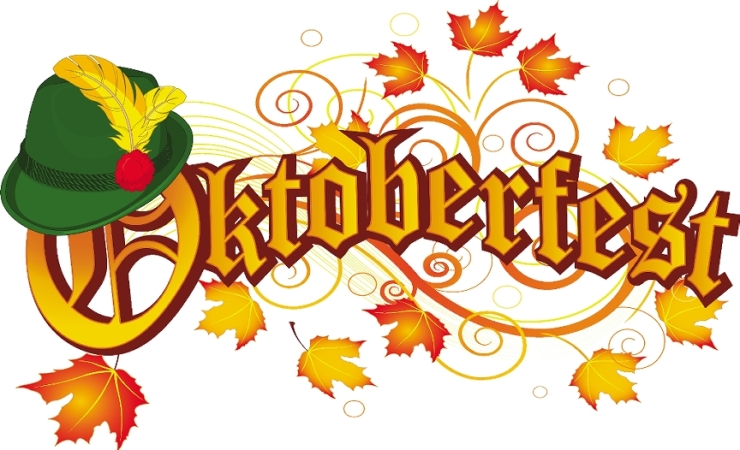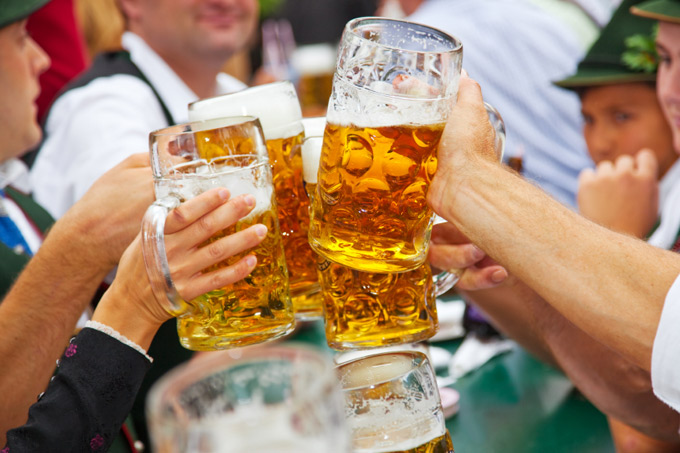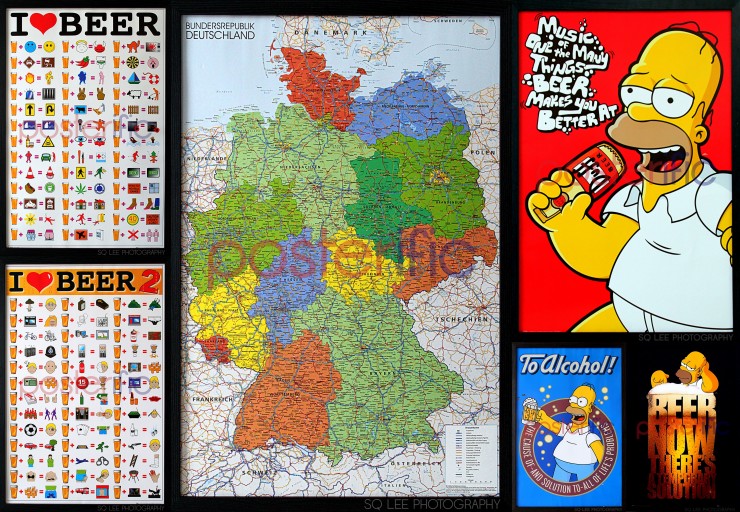The time to drink and be merry has arrived once again in Munich, Germany, as the Oktoberfest kicks into full gear. The German locals as well as those who travelled far to participate in the Oktoberfest can feast on a smorgasbord of food served the traditional way, and washed down with big mugs of German beer!
The Oktoberfest is the world’s largest beer festival held annually in Munich for 16 days and attracts over six million people every year. About 1.5 million gallons of beer are consumed, together with 200,000 pairs of pork sausages and 480,000 spit-roasted chickens during the two-week extravaganza. My goodness, that’s a lot of food! The festival reinforces a stereotypical image of beer-loving, meat-loving Germans who dress for the occasion in dirndls and lederhosen, but most of the party-loving people are made up of visitors from all over the world. The Oktoberfest is one of Munich’s largest and most profitable tourist attractions, bringing over 450 million euros to the city’s bank books each year!
Did you know…
… that the largest Oktoberfest held outside Germany takes place annually in the twin cities of Kitchener-Waterlook in Canada? That’s the residence to a large ethnic German population.
Did you also know…
… that the largest such event in the United States is the Oktoberfest-Zinzinnati in Ohio, which boasts half a million visitors each year! Phew!

The Origins of Oktoberfest
The first Oktoberfest began on October 12, 1810 after the marriage of Crown Prince Ludwig (who became King Ludwig I) to Princess Therese von Sachsen-Hildburghausen in Bavaria. Five days after the marriage, a large festival was held in front of the Sendlinger Tor, one of the gates leading to Munich. The festivities included horse races that eventually became an Oktoberfest custom until 1938. An agricultural fair was added in 1811, and the first carousel, two swings, and beer pubs were included in 1818 along with performers. Oktoberfest gradually became a great tourist attraction and a way for visitors to learn about Bavaria and its people. In 1887, lederhosen and dirndls became the traditional attire of the Oktoberfest attendees. Beer tents and halls set up by enterprising landlords with the backing of the breweries replaced the beer stands in 1896.
The Festivities of Oktoberfest

The festival may have begun in October, but it is now held in September as the weather is milder then as compared to October. The festival lasts for 16 days, beginning on a Saturday in late September and ending on the first Sunday in October. Oktoberfest traditionally begins with a parade before noon, which includes the participation of the mayor and other civic leaders, followed by horse-drawn brewer’s carts, bands, and the townspeople wearing their costumes. The parade ends at the oldest private beer tent, the Schottenhammel tent, where the mayor opens the first keg of beer to kickstart the festival, and the toasting begins. The opening ceremonies are usually attended by more than 7,000,000 people.
The remainder of the festival site provides the space for a funfair. At the foot of the Bavaria Statue, there are carousels, roller coasters, and all the spectacular carnival rides for the enjoyment and excitement of the public. The festivities are often accompanied by music and dancing, followed by a program of events, including the Grand Entry of the Oktoberfest Landlords and Breweries, the Costume and Riflemen’s Procession, and a concert that involves all the brass bands represented at the “Wiesn”.
The Grub and Beer of Oktoberfest

The festivities are not just the highlight of the Oktoberfest. The endless flow of beer and the wide array of food prepared for the partygoers make up the rest of the festival. The Oktoberfest beer is an amber-gold coloured lager with six percent alcohol with the addition of German hops such as Hallertau and Tettnang. Six major Munich brewers known to take part in the festival are Hacker-Pschorr, Lowenbrau, Spaten, Hofbrauhaus, Augustiner, and Paulaner. They can be found in the seven halls where live music can be heard from all throughout the day. The variety of food served during the Oktoberfest is far and wide, and includes meat such as beef, chicken, veal, and pork, as well as sauerkraut, potato salad, cabbage, onions, and pretzels.
This has been an entertaining Oktoberfest session, don’t you think? All this talk about food and drinks has made me hungry. For all the beer-lovers out there, we have posters on them as well as the country where Oktoberfest and beers originate from, and not to mention, our favourite cartoon character, Homer Simpson! He who drinks the most beer and still lives to tell his tale. Drop by our physical store at Taylor’s University Lakeside Campus or our Facebook page to get your beery posters!
